Introduction to Chinese Jade Dragons
In the rich tapestry of Chinese culture, few symbols are as powerful and enduring as the jade dragon. Jade, revered for its beauty and spiritual qualities, has been prized in China for millennia. The dragon, a creature of myth and legend, stands as the supreme symbol of power and good fortune.
When combined, jade and dragon imagery create a potent cultural emblem. Jade dragons embody the highest virtues in Chinese tradition: strength, wisdom, and divine authority. These exquisite carvings serve as a testament to the skill of Chinese artisans and the enduring appeal of these ancient symbols.
For travelers and culture enthusiasts alike, exploring the world of Chinese jade dragons offers a fascinating glimpse into the heart of Chinese art and mythology.
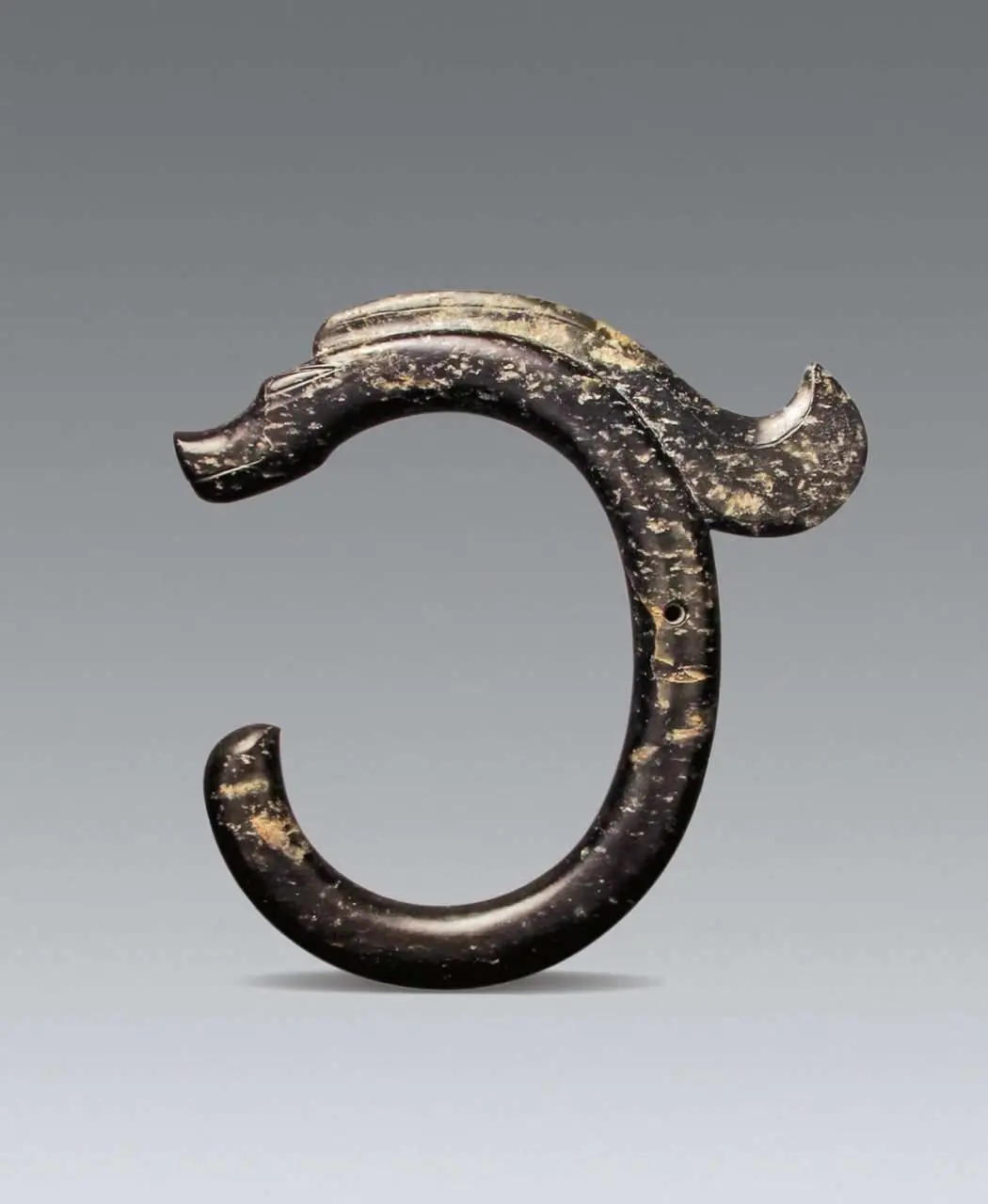
Historical Evolution of Jade Dragon Carvings
The history of jade dragon carvings in China spans thousands of years:
| Period | Characteristics of Jade Dragons |
|---|---|
| Neolithic (c. 10,000-2,000 BCE) | Simple, stylized forms; often pig-dragon designs |
| Shang Dynasty (1600-1046 BCE) | More recognizable dragon shapes; used in rituals |
| Han Dynasty (202 BCE-220 CE) | Intricate details; popularity of dragon amulets |
| Tang Dynasty (618-907 CE) | Fluid, dynamic designs; dragons in flight |
| Ming & Qing Dynasties (1368-1912 CE) | Highly detailed, realistic dragons; imperial symbolism |
Early jade dragon artifacts were often simple, abstract forms. The famous Hongshan Culture “pig-dragon” (玉猪龙) is an early example, blending porcine and serpentine features.
As Chinese civilization developed, so did the artistry of jade dragon carvings. By the Han Dynasty, jade dragons had become more detailed and lifelike. The Tang Dynasty saw a flourishing of dynamic, movement-filled designs.
In later imperial periods, jade dragons reached new heights of realism and detail, often serving as symbols of imperial authority.
Symbolism and Meaning of Jade Dragons
In Chinese culture, dragons represent:
- Imperial power and divine authority
- Strength and good fortune
- Control over water, rainfall, and harvests
Jade symbolizes:
- Virtue and moral purity
- Beauty and durability
- Connection to the spiritual realm
When combined, jade dragons become powerful talismans, embodying the noblest qualities in Chinese tradition. They were often used in imperial rituals and as protective amulets for the elite.
The Chinese phrase “望子成龙” (wàng zǐ chéng lóng), meaning “hoping one’s son will become a dragon,” reflects the aspirational quality of dragon symbolism in Chinese culture.
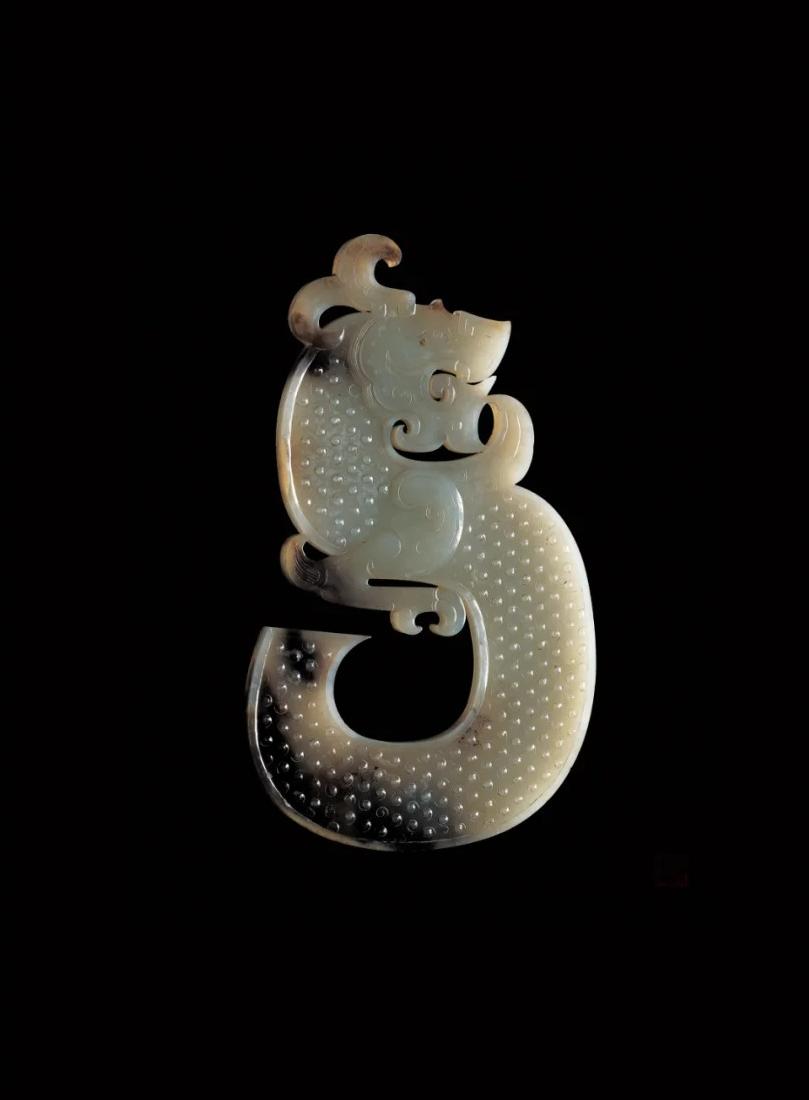
Types and Styles of Jade Dragon Carvings
Jade dragon carvings come in various forms:
- Full-bodied sculptures: These intricate pieces showcase the dragon in its entirety, often depicted coiled or in flight.
- Pendants and amulets: Smaller, wearable dragons were popular for their protective qualities.
- Decorative objects: Dragon motifs appear on jade vases, screens, and other ornamental items.
Regional variations exist in jade dragon designs. For instance, Liaoning dragons often have a more coiled, compact form, while Yunnan dragons might feature more elongated bodies.
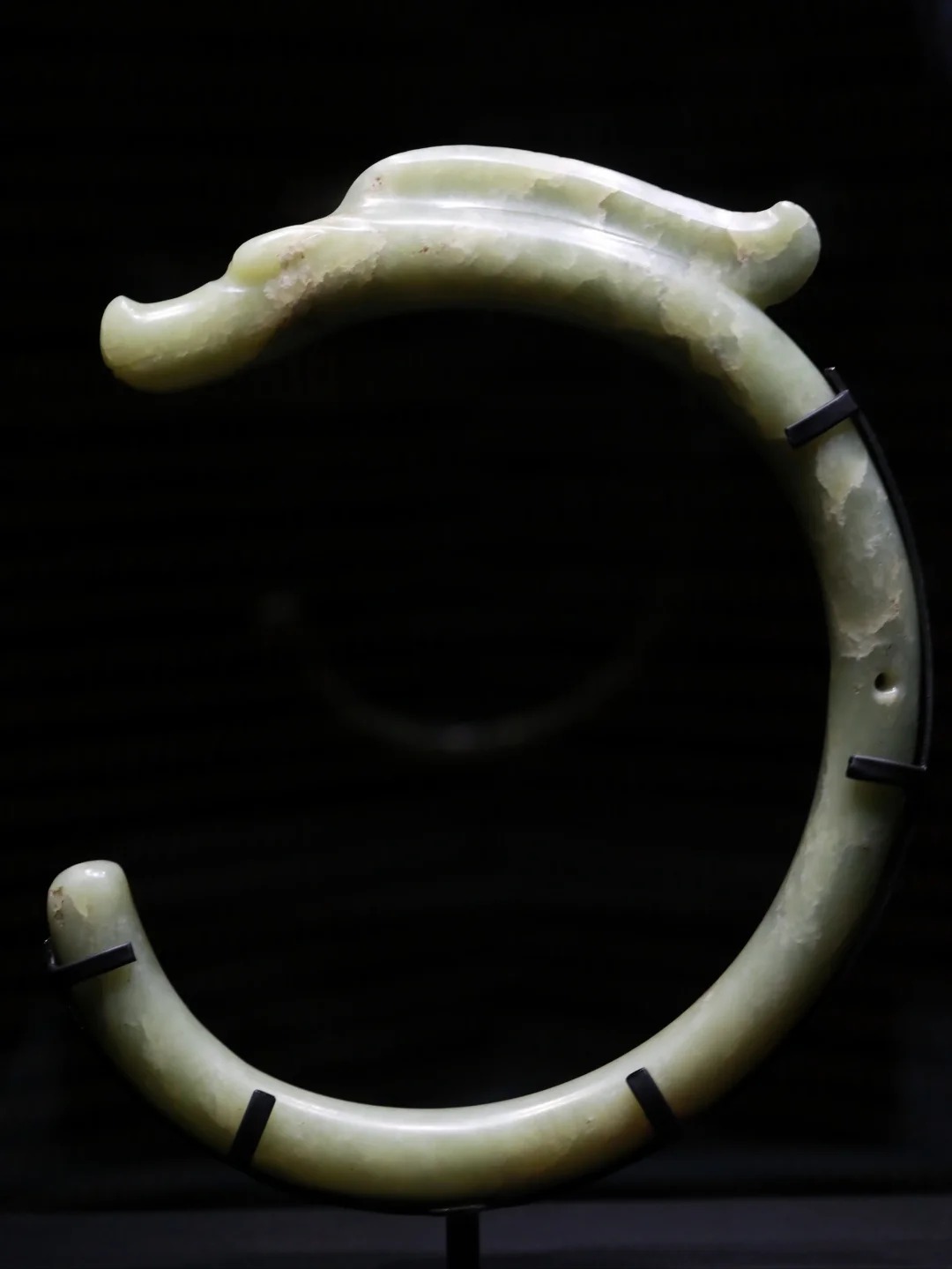
Famous Jade Dragon Artifacts
Several jade dragon artifacts have achieved legendary status:
- The Han Dynasty jade dragon amulet from Xuzhou, featuring incredible detail for its time
- The jade dragon seal of the Qianlong Emperor, a symbol of imperial authority
- The Ming Dynasty jade dragon vase in the Palace Museum, Beijing, showcasing exquisite craftsmanship
Many major museums in China and around the world house significant collections of jade dragons. The National Palace Museum in Taipei and the Shanghai Museum are particularly noteworthy for their extensive jade collections.
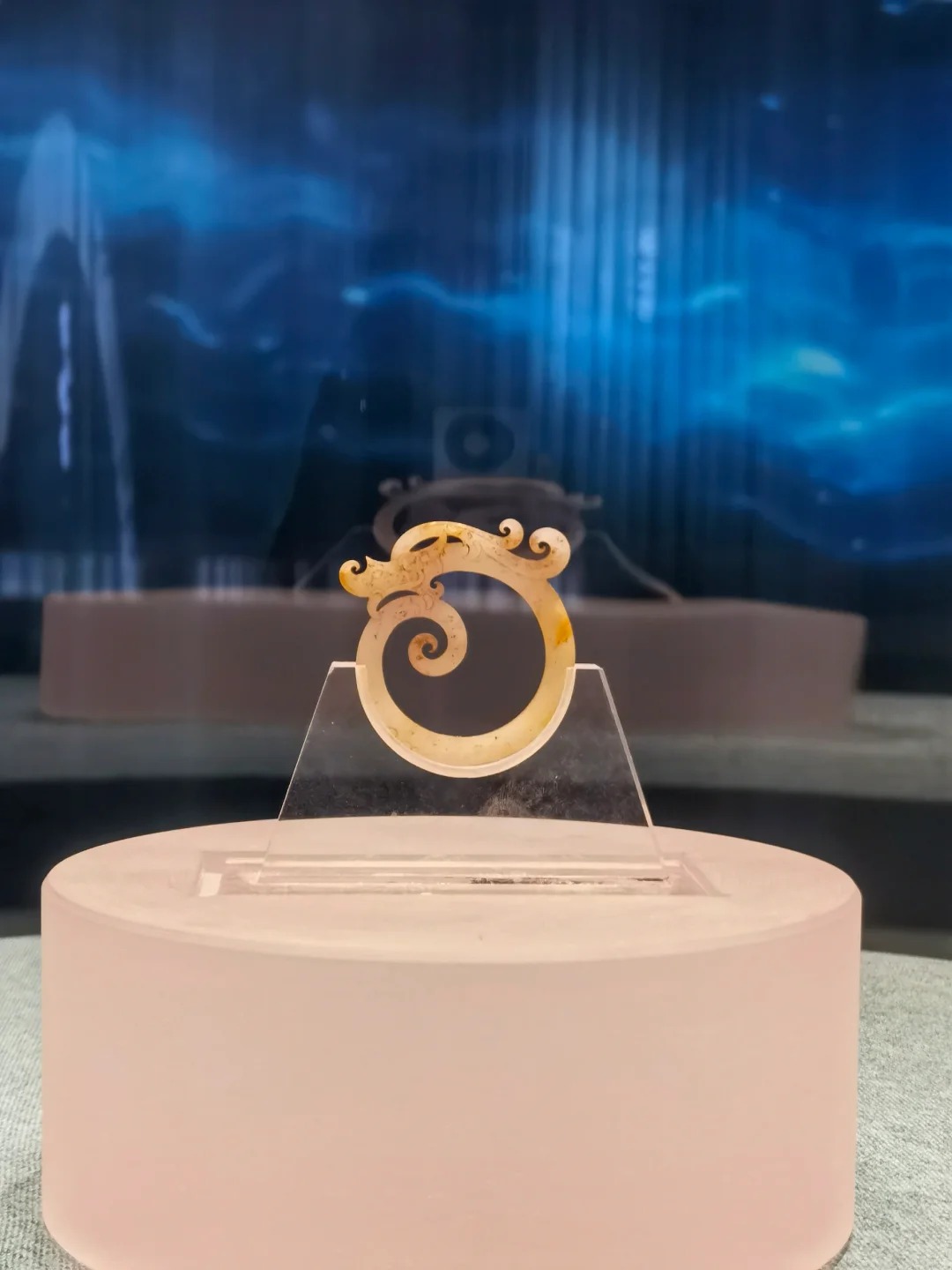
Craftsmanship and Techniques
Carving jade dragons requires exceptional skill and patience. Traditional techniques involve:
- Using abrasive sands and stone tools to slowly shape the jade
- Employing tiny diamond-tipped drills for intricate details
- Polishing with increasingly fine abrasives to achieve a lustrous finish
The hardness of jade (especially jadeite) makes it challenging to work with, requiring great precision and often months of labor for a single piece.
Modern artisans may use more advanced tools, but the core techniques remain similar, preserving this ancient art form.
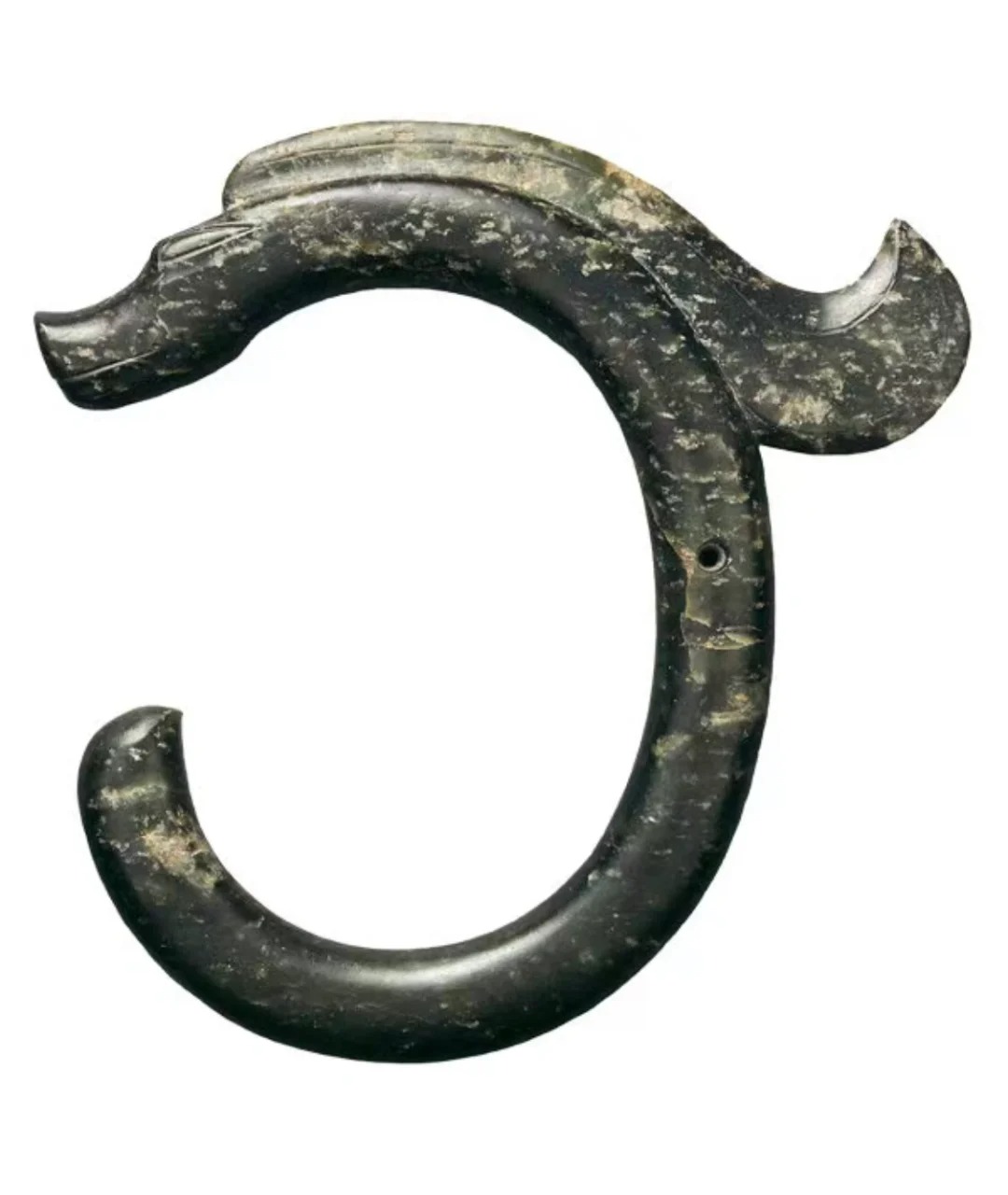
Experiencing Chinese Jade Dragons as a Traveler
For travelers interested in jade dragons, China offers numerous opportunities:
- Museums:
- The Forbidden City in Beijing houses an impressive collection of imperial jade artifacts.
- The Shanghai Museum features a comprehensive jade gallery.
- Workshops and Demonstrations:
- Some cities, like Suzhou, offer jade carving demonstrations.
- In Hotan, Xinjiang, you can visit workshops where jade is still carved using traditional methods.
- Shopping for Souvenirs:
- The Panjiayuan Antique Market in Beijing is famous for jade items.
- The Jade Market in Guangzhou offers a wide variety of jade products.
When purchasing jade dragon souvenirs, be wary of fakes. Look for:
- Cool touch and slight translucency characteristic of real jade
- Certificates of authenticity from reputable dealers
- Reasonable prices (if it seems too good to be true, it probably is)
For a deeper cultural experience, consider visiting during the Dragon Boat Festival or attending a tea ceremony where jade utensils are used.
Exploring the world of Chinese jade dragons offers a unique window into China’s artistic heritage and cultural symbolism. Whether admiring museum pieces or shopping for your own jade dragon, you’ll gain a deeper appreciation for this enduring emblem of Chinese civilization.





